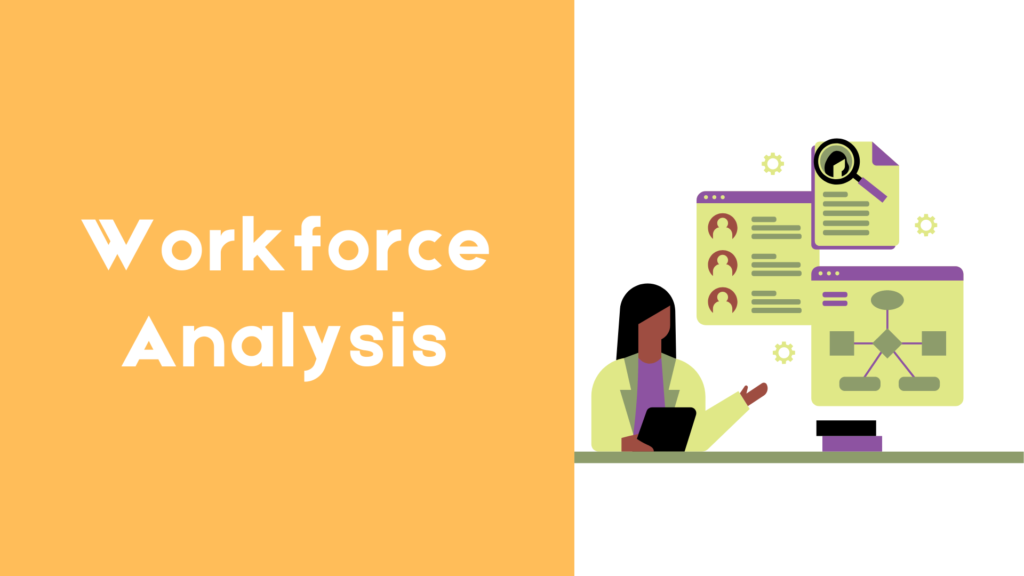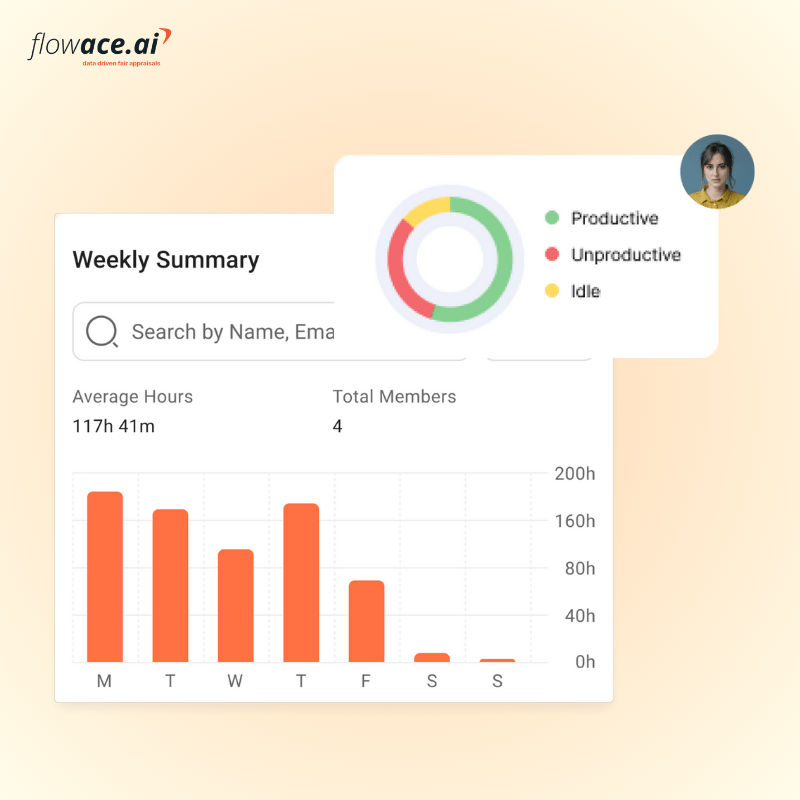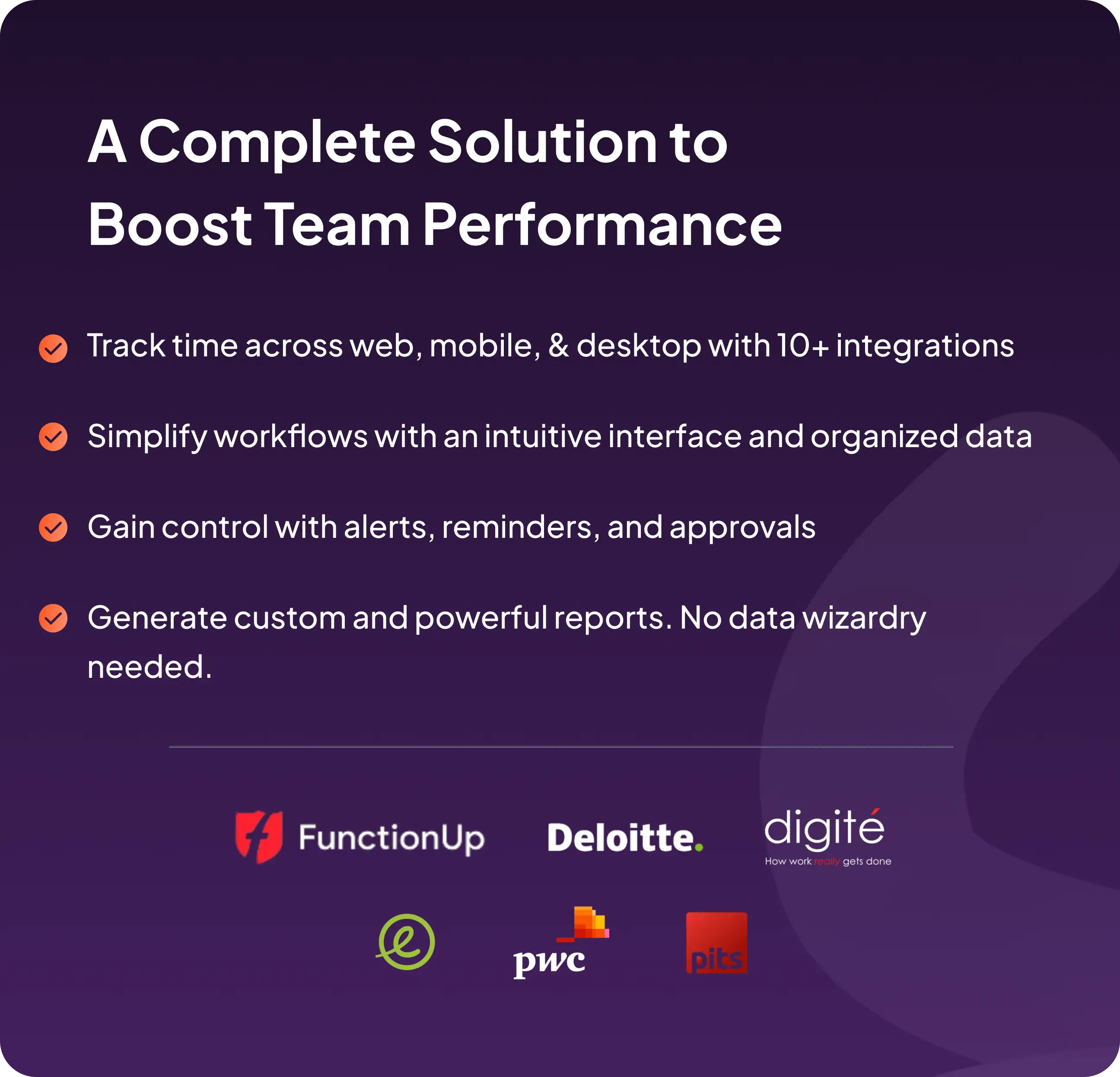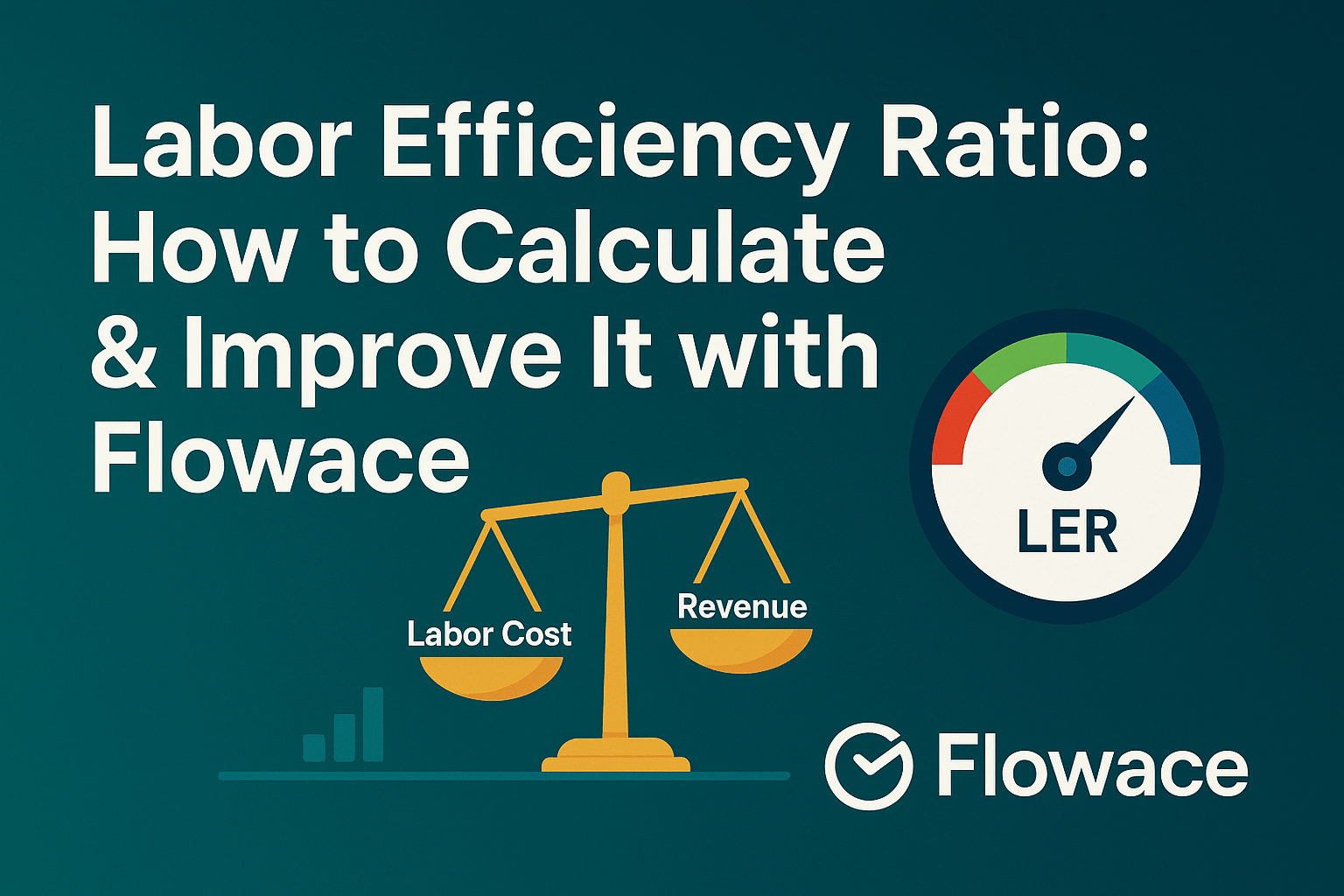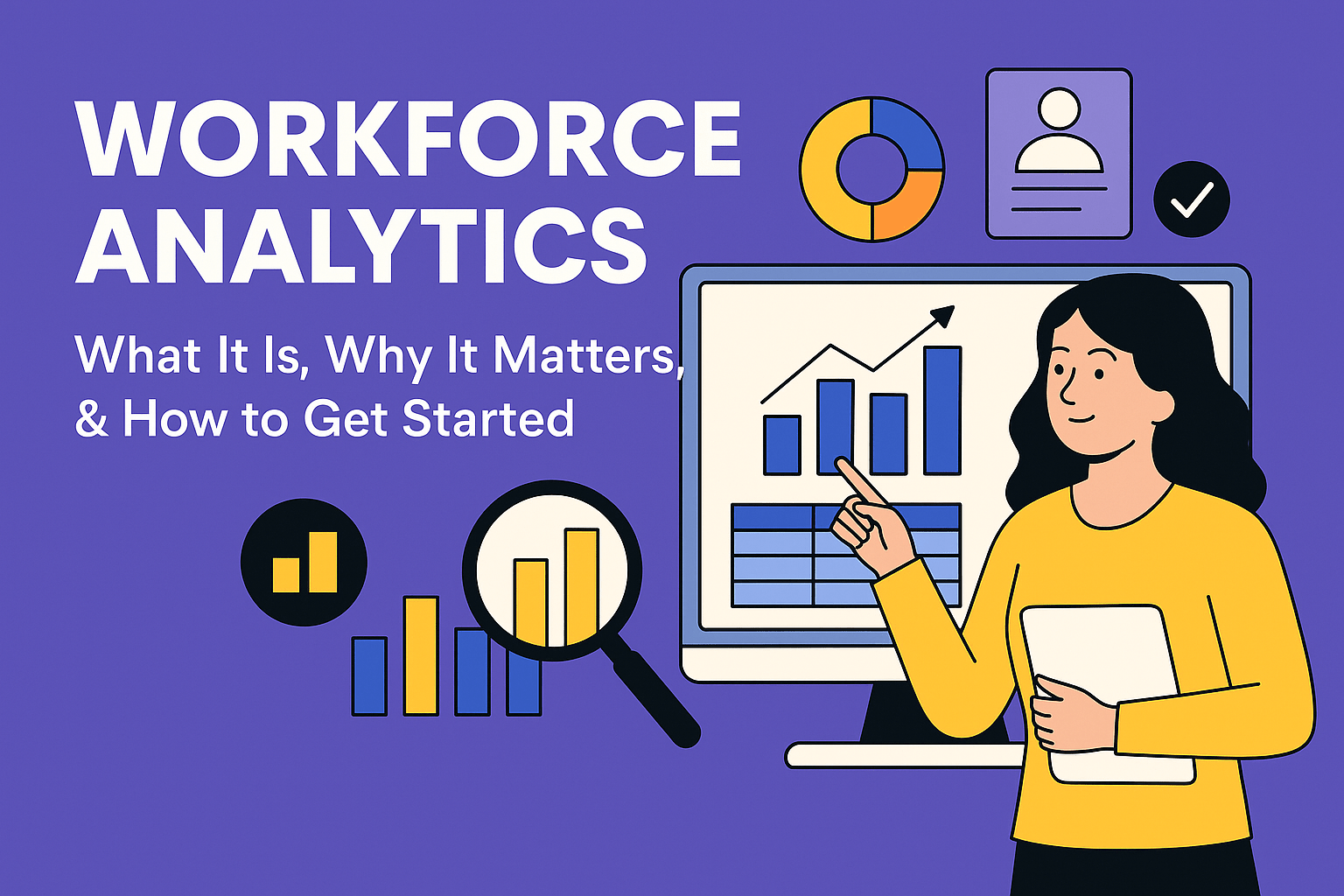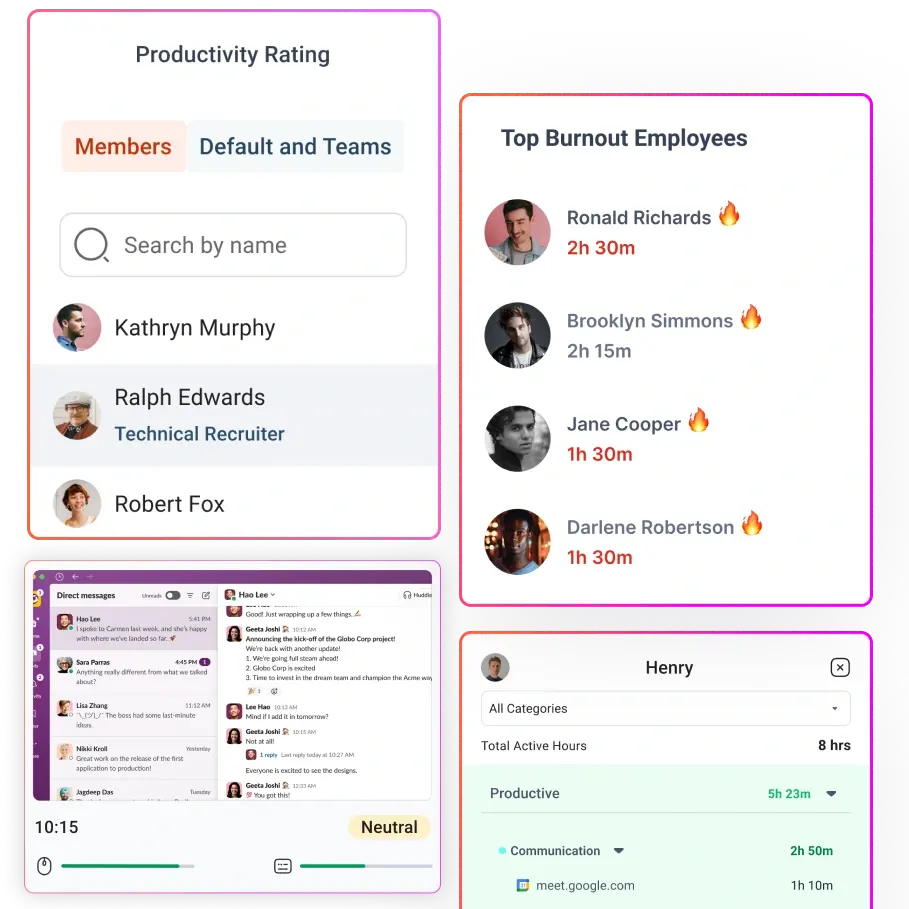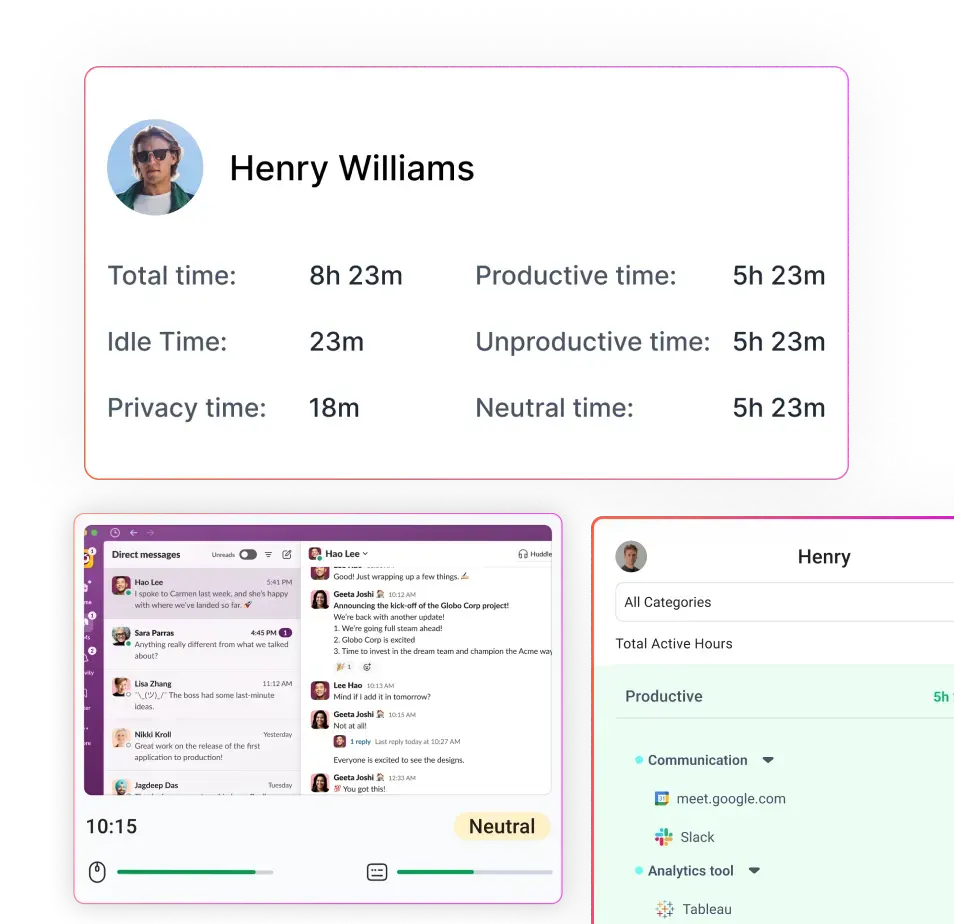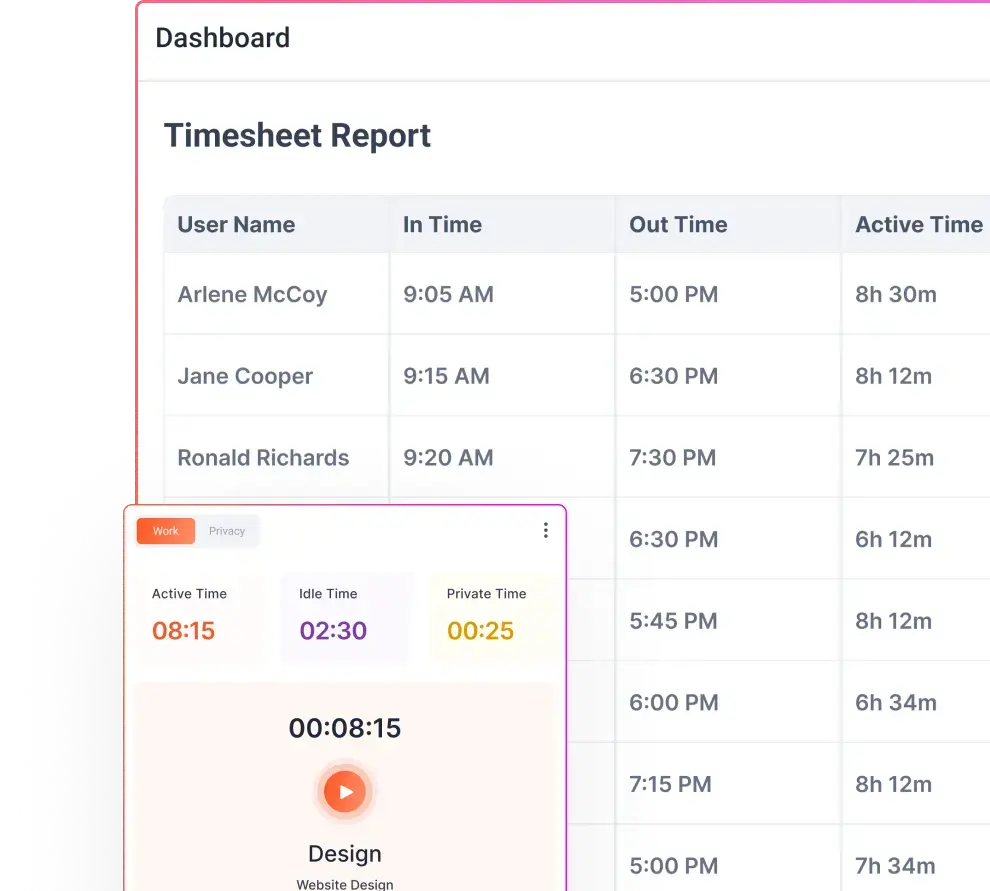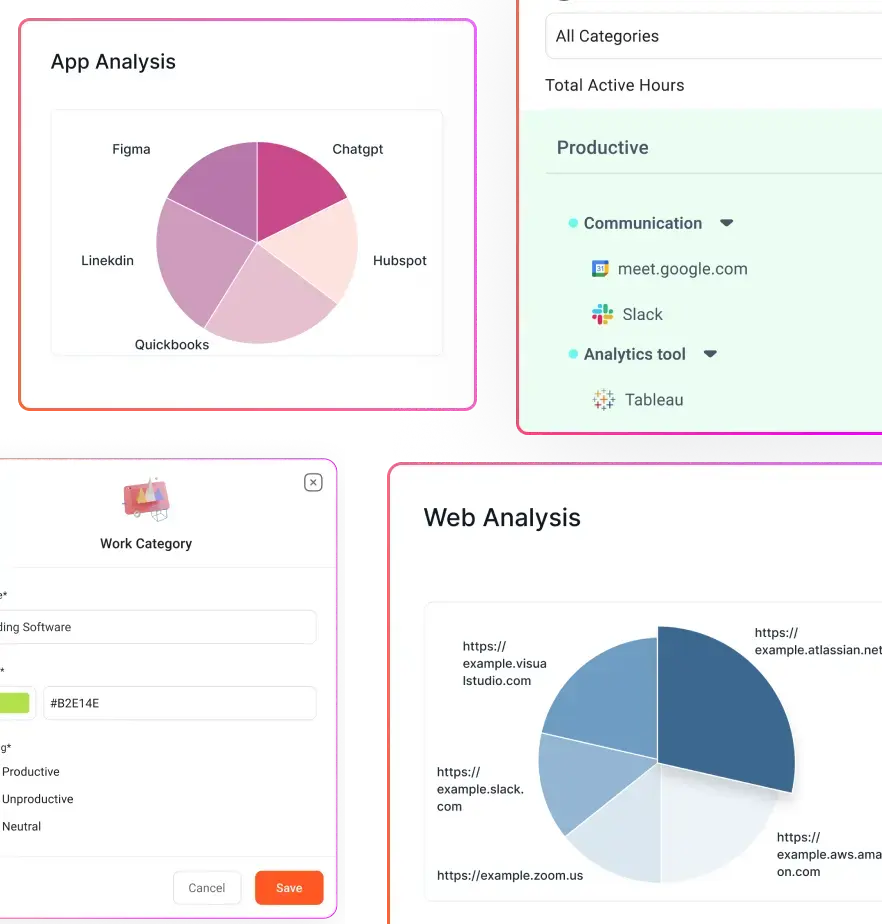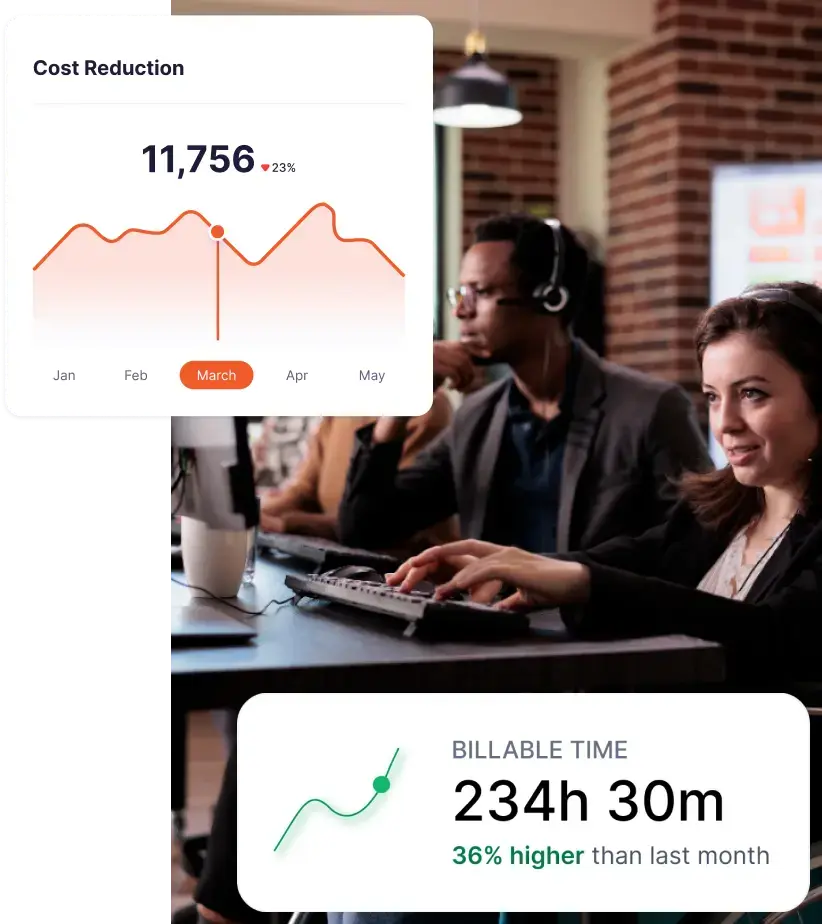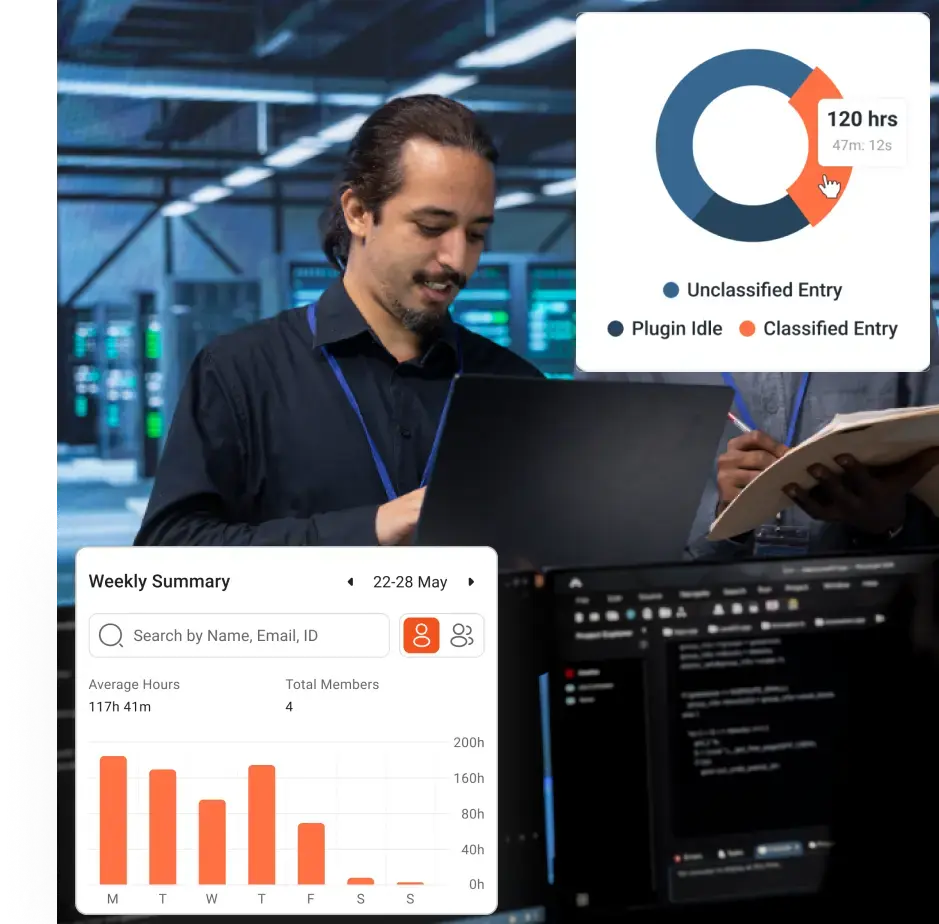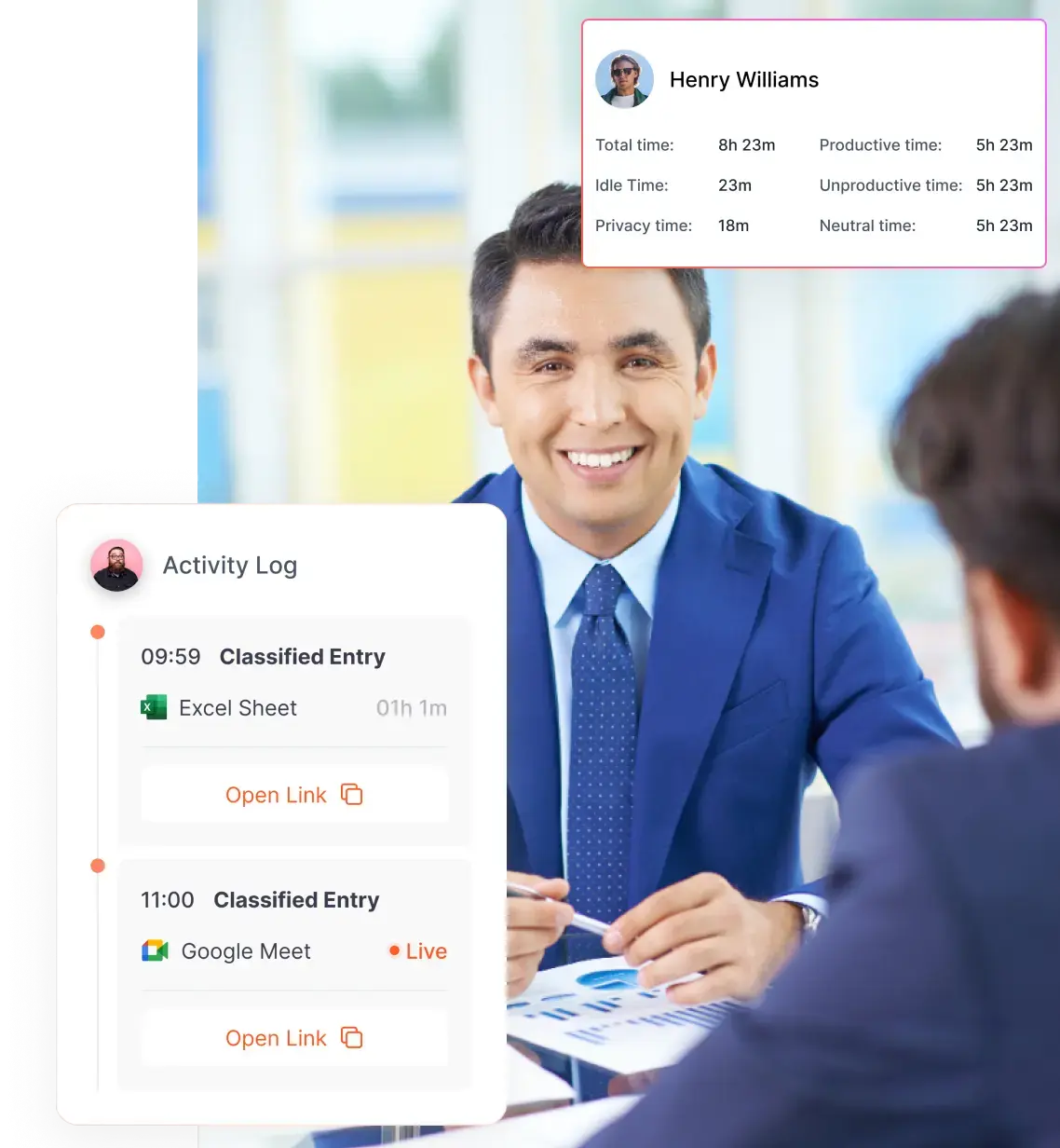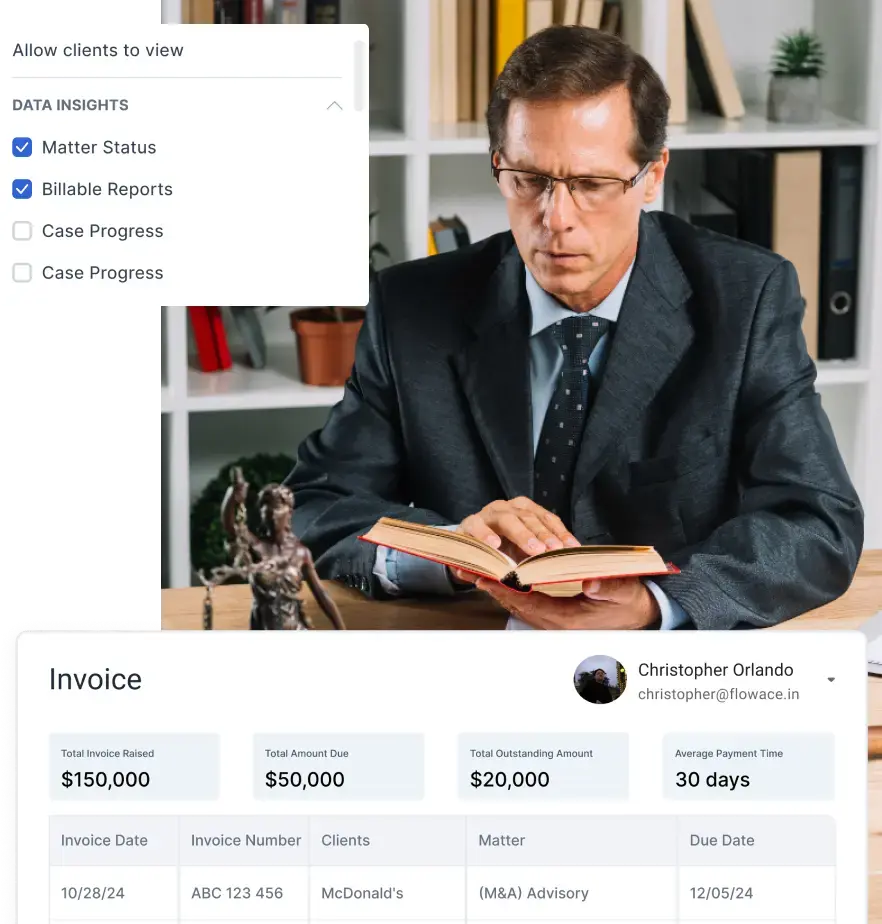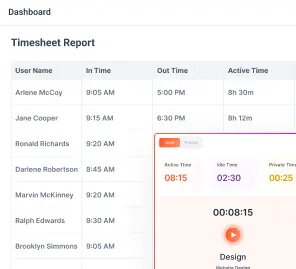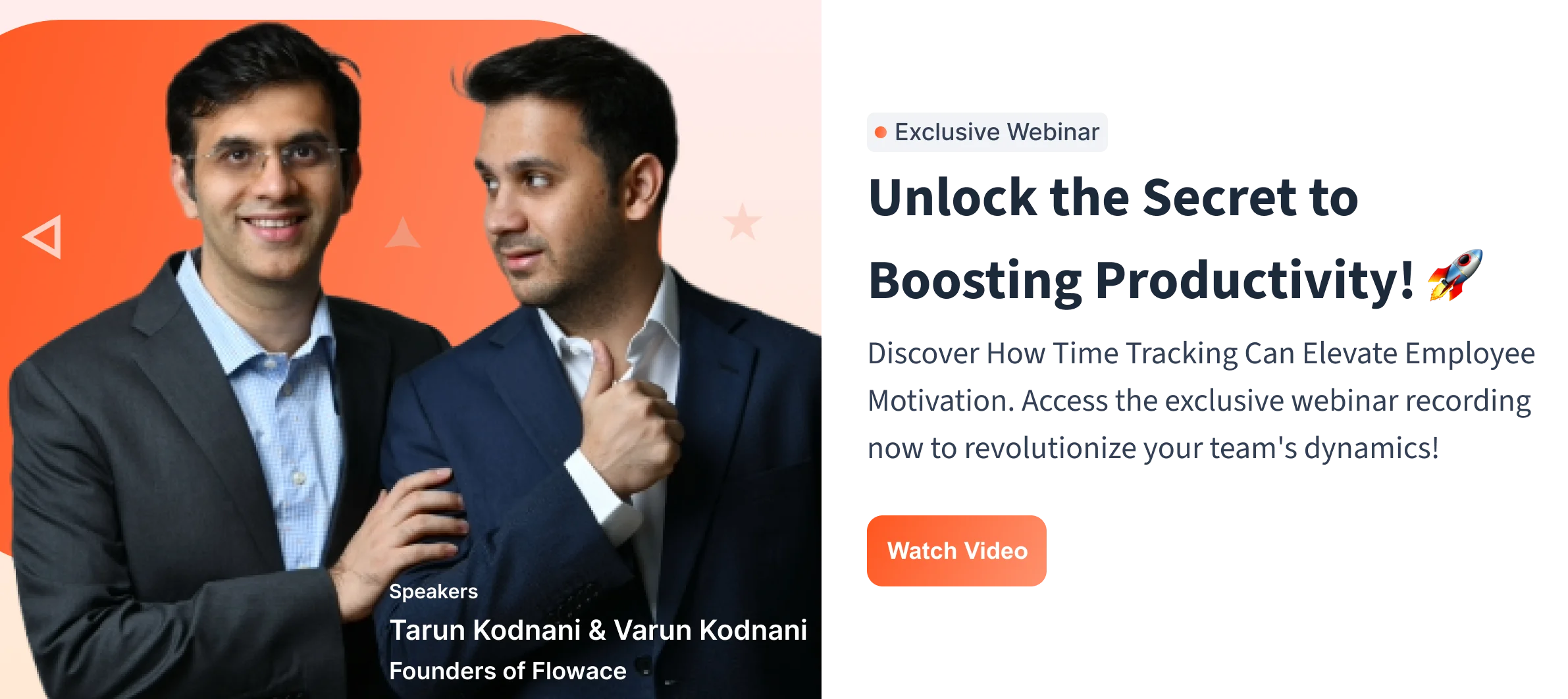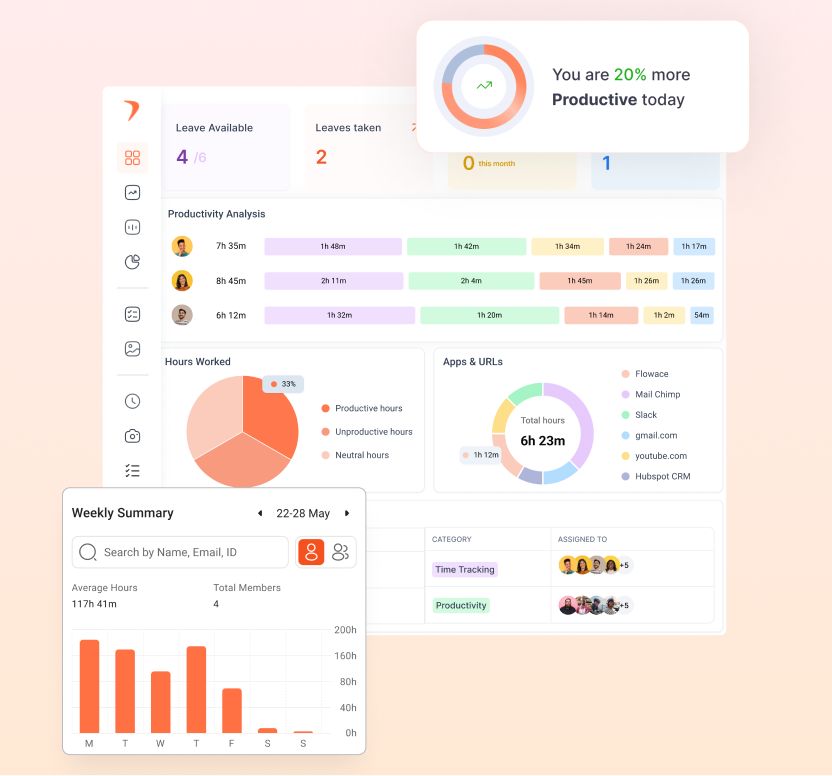Workforce analysis is a powerful tool that has been transforming organizations for years. It helps employee turnover rates, eases onboarding, and nurtures talent management to perfection. But there’s more to this than meets the eye.
Today, managers hold this analytical lens up and expand its reach far beyond their traditional applications. It has become the beacon to guide decision-making across operations with data-driven choices for technology and process improvements.
Hence, in this article, let’s understand what workforce analysis is and how to conduct it successfully in 6 steps!
Let’s dive in…
What is Workforce Analysis?
Workforce analysis is a crucial technique every organization’s top-level management uses to assess their workforce and understand the factors influencing it.
It helps answer important questions such as, “Why is our employee turnover so high?”, “Why are we experiencing a surge in recruitment during this period?” and “What are the reasons behind employee exits in our organization?”
Workforce analytics helps measure how well your workforce is performing. Imagine it as a collection of employee-related metrics that, when combined with data analytics services, provide companies with valuable insights into their workforce’s performance.
A study by SHRM has confirmed that using advanced workforce analytics directly improves workforce management. It’s like having a secret weapon that enables companies to manage their workforce more effectively.
For example, let’s say your company notices a sudden increase in employee turnover. Through workforce analysis, you can identify the root causes, like potential issues with job satisfaction or lack of growth opportunities. Armed with this knowledge, you can take action to reduce turnover and retain valuable talent.
How do Conduct a Workforce Analysis?

Identify your workforce challenge
Let’s start with the first step in workforce planning – identifying a workforce challenge that needs your attention.
For instance, imagine your company is gearing up to launch an exciting new service in the next six months.
To ensure it’s a success, you’ll want to determine if your current workforce has what it takes and if you need to bring in new employees to make it happen smoothly. That way, your new service will be a success.
Now, here are some handy questions to guide you during this stage:
- Do your current employees have the skills and core competencies needed for the new product or service launch?
- Are there any skill gaps that can be filled through training?
- What kind of training would they need?
- How many additional employees will you require to handle the new product or service with finesse?
- How will you find and hire new employees with the needed skills?
- To attract those talented folks, what are your clever strategies and perks to make them say, “Yes, I want to be part of this awesome team!”?
- Let’s not forget about your current rockstar employees! How do you plan to keep them on board and happy?
- And lastly, do you anticipate any other changes to your workforce due to the new product or service?
Identify potential gaps or surpluses
The next step is identifying potential gaps or surpluses in your organization’s labor and skill sets. It’s like looking deeply at what you have and what you’ll need in the future!
This analysis isn’t just about counting the number of employees or their skills; it’s much more than that. You’ll want to consider factors like workforce demographics – like the age distribution of your employees.
Are there many nearing retirement age? Or do you have many young workers coming in with higher turnover rates than seasoned employees?
Another important aspect is the representation of protected classes. This is for federal or state government contractors who must follow specific affirmative action plan requirements. Even organizations with voluntary affirmative action plans may want to improve the representation of underused protected classes.
And don’t forget about projecting attrition.
That means estimating how many employees may leave due to resignations, retirements, promotions, or other reasons over the planning period. This way, you can consider the future supply of labor and skills.
Select the analysis method
After gathering all the important data, it’s time to figure out the best way to analyze it. You have a couple of options here. You can ask the data analysis team to help you out. They’re experts at crunching numbers and can evaluate the data with their skills.
Correlation analysis
This helps you understand the strength of the relationship between two variables. For example, let’s say you notice low employee engagement levels.
You will discover that this is linked to insufficient training. So, improving training programs can lead to higher engagement levels among employees.
Diagnostic analysis
It’s like being a detective, investigating the root causes of any problems you encounter. For instance, if you see a sudden drop in employee retention rates after promotions, diagnostic analysis can help you determine why this is happening. There may be issues with the promotion process or a lack of support during the transition.
Predictive analysis
This method uses machine learning algorithms and historical data to predict the likelihood of future outcomes.
When you analyze past business data, you can make more accurate forecasts. For example, you could use predictive analysis to estimate future workforce requirements based on previous hiring patterns.
Prescriptive analysis
This is a method that works hand in hand with predictive analysis. It’s like a wise advisor who uses historical data to suggest the best action to achieve your goals. So, to optimize your workforce for peak performance, you can rely on prescriptive analysis to guide you on the best strategies.
Trend analysis
Trend analysis is all about spotting patterns over time. When you compare data from different periods, you can identify trends and use them to make smarter decisions.
For example, if you notice a drop in productivity after lunch breaks, trend analysis can help you pinpoint the cause and implement targeted solutions to boost productivity during those hours.
Analyze and showcase the results
After selecting the right analysis method, it’s time to implement it and share the results with senior management and other stakeholders. You can do this through a report or presentation.
Visual tools like bar graphs, pie charts, and infographics will make it easier for everyone to understand the information quickly.
For example, if you surveyed customer satisfaction, you could present the findings in a bar graph to show the different satisfaction levels for each product. This way, the audience can easily see the results and decide based on the presented data.
Find solution
In solution analysis, you must create plans to address the gaps you found earlier. To meet future workplace needs, you can consider different approaches, like:
- Recruiting – Hiring new people when your company needs to grow or expand.
- Training and Retraining – Instead of hiring externally, HR professionals can focus on developing their existing employees for key positions. For example, providing training programs to enhance skills in response to technological advancements.
- Contingent Staff – Using temporary or part-time workers when necessary.
- Outsourcing – Some non-core functions might be better handled by externally specialized organizations. For example, outsourcing payroll processing to a dedicated payroll company.
The choice of approach depends on whether your company wants to grow, shrink, reorganize, or use temporary help to meet the new demands.
Monitor and Review
Regular monitoring and review are necessary to keep your analysis up and running. Here’s how you can do it:
Set some SMART goals
What’s SMART? Specific, Measurable, Achievable, Relevant, and Time-bound. Define what you want to achieve with your workforce analysis and set these goals to track your progress.
Collect and analyze data
Collect and analyze all the mystical data in your analysis and strategies. Look into employee retention rates, who’s participating in training and development, and how everyone’s performing.
Gather data on how your analysis and strategies work. Look at employee retention rates, participation in training programs, and performance metrics.
Engage with Stakeholders
Involve different people like HR professionals, managers, and employees, in the review process. This gathering ensures that your analysis covers every corner of the entire organization’s needs.
Identify and address issues
If any problems arise during the review, take action to resolve them. For instance, consider improving the work environment if employee satisfaction is low.
Review and update regularly
Keep your analysis up-to-date and aligned with the organization’s needs. Regularly review and even revisit the initial analysis if needed. Adaptability is the key.
So, what is a good workforce strategy?
A good workforce strategy swears by 3 essential principles of workforce design. It is:
- A well-organized, long-term plan (5–10 years) aligns perfectly with the company’s mission and goals. It’s like building a strong foundation for the future.
- Focus on the critical roles and primary functions that play a big role in achieving the company’s desired outcomes. Concentrate on what truly matters for success.
- Find achievable and cost-effective strategies to get the best results. It’s about making the most of what you have and maximizing your resources.
Still not convinced? Below, we answer why you must conduct a workforce analysis!
Why Should You Conduct a Workforce Analysis?
Conducting a workforce analysis is a must because it helps you navigate the challenges and seize growth opportunities. Most of the issues you discover will surprise you, and the solutions to these will get you back in the game in no time. Here’s why you should do it:
- It gives you a clear picture of your current workforce. It helps you get to know if the staff costs are working in your favour or if there are any areas where you need to make some tweaks.
- Identify areas where you need more staff and where skills are scarce in critical roles.
- Use the qualities your top-performing employees possess and nurture them into future stars.
- With the right analysis, you’ll know which training programs deliver the highest returns on investment and which need more training.
What Next?
Undoubtedly, workforce analysis holds immense potential and benefits various departments within a company. However, to maximize its advantages, you need a tool that gathers metrics and employs intelligent algorithms to scrutinize the data. These data, in turn, support optimizing performance management and refining workforce planning.
With Flowace, you’ll have everything you need to start your workforce analytics journey and witness a transformation in your workforce.
So, what are you waiting for? Request a demo and take your workforce analysis to the next level!





































